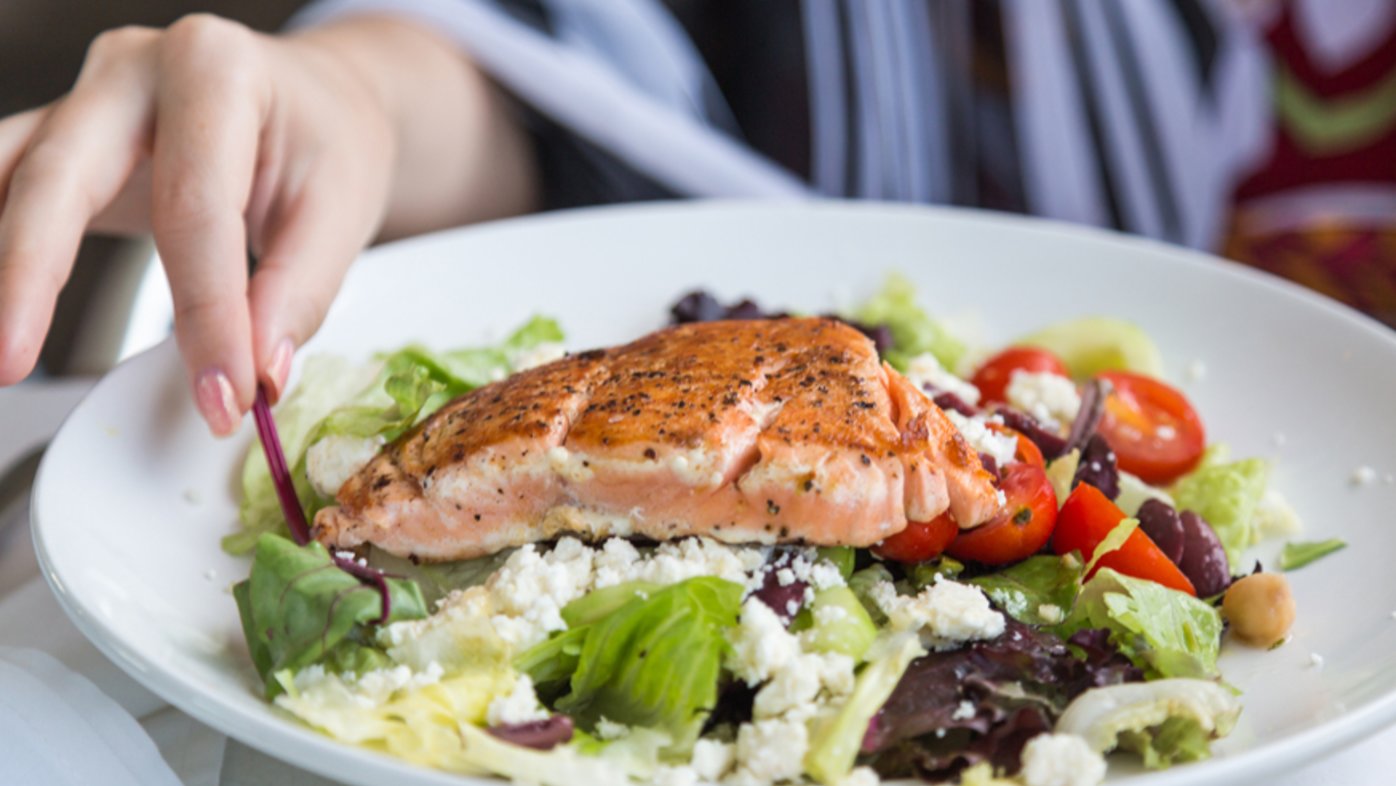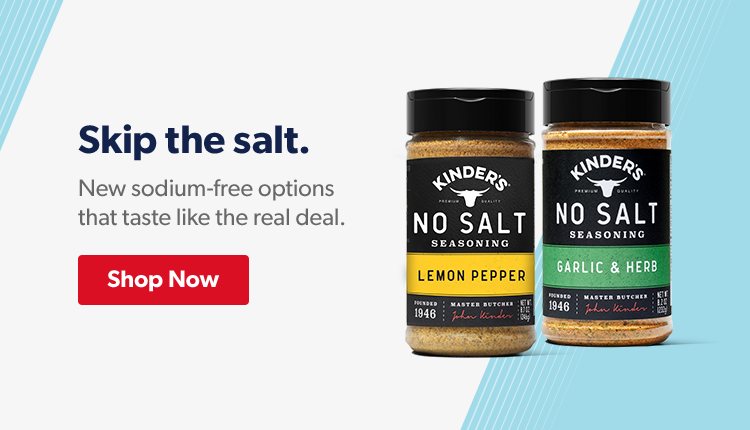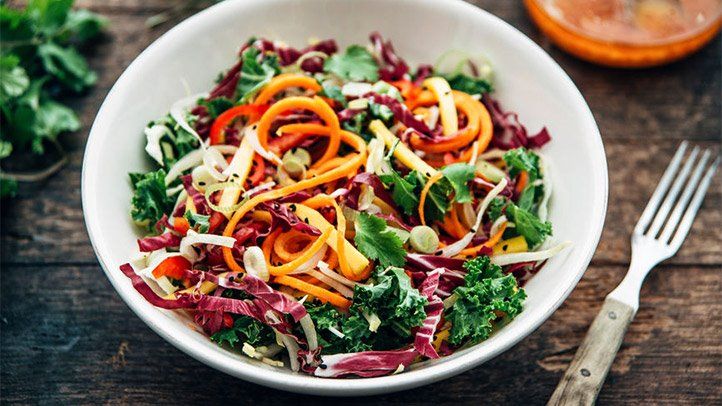
Does seitan health food?
Seitan has a high protein content and is low in saturated fat. It is the perfect choice for vegetarians and vegans as well as anyone looking to reduce their intake of red meat.
Does it have any health benefits?
Seitan’s main ingredient, vital wheat flour, has a texture that is chewy and similar to meat. It's also a great source of calcium and iron. It is low in sugar and carbohydrates. This makes it a good addition to your diet.
Does it have a lot of calories?
Calories in seitan can vary depending on the brand and preparation, but on average, one fourth cup of seitan has 110 calories and 23 grams of protein. It is also rich in vitamins C, B, and E.
Is this low in sodium?
Most store-bought seitan is high in sodium, so it's not a good option for people with high blood pressure. If you're concerned about the sodium content, choose a lower-sodium version or make your own at home.

Is it a good source of iron?
Iron is important for boosting immunity and reducing inflammation, so it's a good idea to include iron-rich foods in your diet. Iron-rich legumes are also good for your teeth and bones, so many vegans and vegetarians add them to their diet.
Gluten free food?
It's best to stay away from seitan if your diet is gluten-free. It is made with wheat gluten so it's not good for people who have celiac or gluten intolerance. This product may contain other ingredients. Therefore, it is better to opt for a wheat-free product.
Is it high in calcium?
Calcium is a mineral essential to bone and tooth development, muscle function, and nerve functioning. It's important for bloodclotting. This is why you should include foods rich in calcium into your diet.
Is it good for you?
Seitan, in addition to being a good source of protein, is also rich in potassium, iron, and zinc. It's a good source of fiber and magnesium which helps control your blood sugar level and your appetite.
What is seitan?
Seitan can be substituted for meat in pasta, tacos or stews. It has a meaty, savoury flavor and is easy to cook.

How do you prepare it best?
Homemade seitan can be prepared using vital wheat flour, vegetable broth or water and various seasonings. You can knead dough, then simmer it with a flavorful stock for a soft and moist texture. Or you can deep-fry it to give it an exterior that is crisp and golden.
What is the healthiest way to eat it?
The best way to eat seitan is to cook it at home, so you can ensure that you're getting a healthy and nutritious meal. It's also possible to customize the taste and texture of the seitan as you can add additional seasonings. If you want it to be a snack, then I recommend using a pita or whole grain cracker.
FAQ
Which 10 foods are your favorite?
The following are the 10 best foods to consume:
-
Avocados
-
Berries
-
Broccoli
-
Cauliflower
-
Eggs
-
Fish
-
Grains
-
Nuts
-
Oats
-
Salmon
What does it take to make an antibiotic work?
Antibiotics are drugs that destroy harmful bacteria. The treatment of bacterial infections is done with antibiotics. There are many options for antibiotics. Some can be taken orally while others can be injected. Others are topically applied.
Antibiotics can often be prescribed for people who have been infected with certain germs. If someone has chicken pox, they might need to take an oral antibiotic in order to prevent shingles. Or, if someone has had strep throat, he or she might receive an injection of penicillin to help prevent pneumonia.
A doctor should give antibiotics to children. The possibility of side effects that can cause serious side effects in children is greater than for adults.
Diarrhea is the most common side effect from antibiotics. Other side effects that could occur include nausea, vomiting and dizziness. Most of these symptoms disappear after the treatment is completed.
What should my weight be for my age and height? BMI calculator & chart
To determine how much weight loss you need, a BMI calculator is your best friend. A healthy BMI range should be between 18.5- 24.9. Weight loss is possible if you aim to lose approximately 10 pounds per week. Simply enter your weight and height into the BMI calculator.
This BMI chart shows you if it is possible to identify if you are either overweight or obese.
What can you do if your immune system is weak?
The human body consists of trillions of cells. These cells collaborate to form tissues and organs that perform specific functions. If one cell dies, a new cell replaces it. Chemical signals, called hormones, allow cells to communicate with each other. Hormones regulate all bodily functions from growth and developmental to metabolism and immunity.
Hormones can be described as chemicals produced by glands in the body. They are messengers that help control how our bodies operate. Some hormones are produced in the body, while others are created outside.
The hormone-producing glands release their contents into bloodstream. This is when hormone production starts. Once hormones become active, they move throughout the body until reaching their target organ. In some cases, hormones remain active only for a short period of time. Other hormones stay active longer and continue to influence the body's functioning even after they leave the bloodstream.
Some hormones can be produced in large amounts. Some hormones can be produced in large amounts.
Certain hormones are only produced at certain times in life. For example, estrogen is made during puberty. Estrogen aids women in developing breasts, maintaining bone density and preventing osteoporosis. It also promotes hair growth and keeps skin smooth and soft.
Statistics
- Extra virgin olive oil may benefit heart health, as people who consume it have a lower risk for dying from heart attacks and strokes according to some evidence (57Trusted Source (healthline.com)
- nutrients.[17]X Research sourceWhole grains to try include: 100% whole wheat pasta and bread, brown rice, whole grain oats, farro, millet, quinoa, and barley. (wikihow.com)
- This article received 11 testimonials and 86% of readers who voted found it helpful, earning it our reader-approved status. (wikihow.com)
- In both adults and children, the intake of free sugars should be reduced to less than 10% of total energy intake. (who.int)
External Links
How To
What does the meaning of "vitamin?"
Vitamins can be described as organic compounds found in food. Vitamins aid us in absorbing nutrients from the food we eat. The body cannot make vitamins; therefore, they must be obtained from food.
Two types of vitamins exist: water soluble and oil soluble. Water-soluble vitamins dissolve in water easily. These include vitamin C (thiamine), Vitamin B1 (riboflavin), Vitamin B2 (riboflavin), Vitamin B3 (niacin), Vitamin B6 (pyridoxine), Vitamin C, B1 (thiamine), Vitamin B2 (riboflavin), Vitamin B3 (niacin), and Vitamin B6 (pyridoxine). Fat soluble vitamins are stored in the liver and fatty tissue. These include vitamin D, E and K, as well as beta carotene.
Vitamins are classified based on their biological activity. There are eight main groups of vitamins.
-
A - Vital for healthy growth.
-
C is important for nerve function and energy production.
-
D - Vital for healthy bones and teeth
-
E - needed for good vision and reproduction.
-
K - Essential for healthy muscles and nerves.
-
P – vital for building strong bones.
-
Q - aids in digestion of iron and iron absorption
-
R – Required for making red blood vessels.
The recommended daily allowance (RDA) of vitamins varies depending on age, gender, and physical condition. The U.S. Food and Drug Administration (FDA) sets the RDA values.
For adults 19 years and over, the RDA vitamin A intake is 400mg/day. Because it is essential for the development of the fetus, pregnant women should consume 600 micrograms per days. Children ages 1-8 require 900 micrograms per day. For infants younger than one year, 700 micrograms are required daily. However, this number drops to 500 micrograms each day for children aged 9-12 months.
Children ages 1-18years who are obese need 800 micrograms per day while those who are overweight need 1000 micrograms per day and children who are underweight need 1200 micrograms per day to meet their nutritional needs.
Children aged 4-8 years old who have been diagnosed as having anemia require 2200 micrograms of vitamin C per day.
2000 micrograms is the minimum daily intake for general health in adults older than 50 years. Due to their increased nutrient needs, pregnant and breastfeeding women need 3000 micrograms daily.
Adults over 70 need 1500 micrograms daily, since they lose around 10% of their muscle mass every decade.
Women who are pregnant or nursing need more than the RDA. Pregnant woman need 4000 micrograms daily in pregnancy and 2500 per day after childbirth. Breastfeeding mothers need to consume 5000 micrograms each day when breastmilk has been produced.